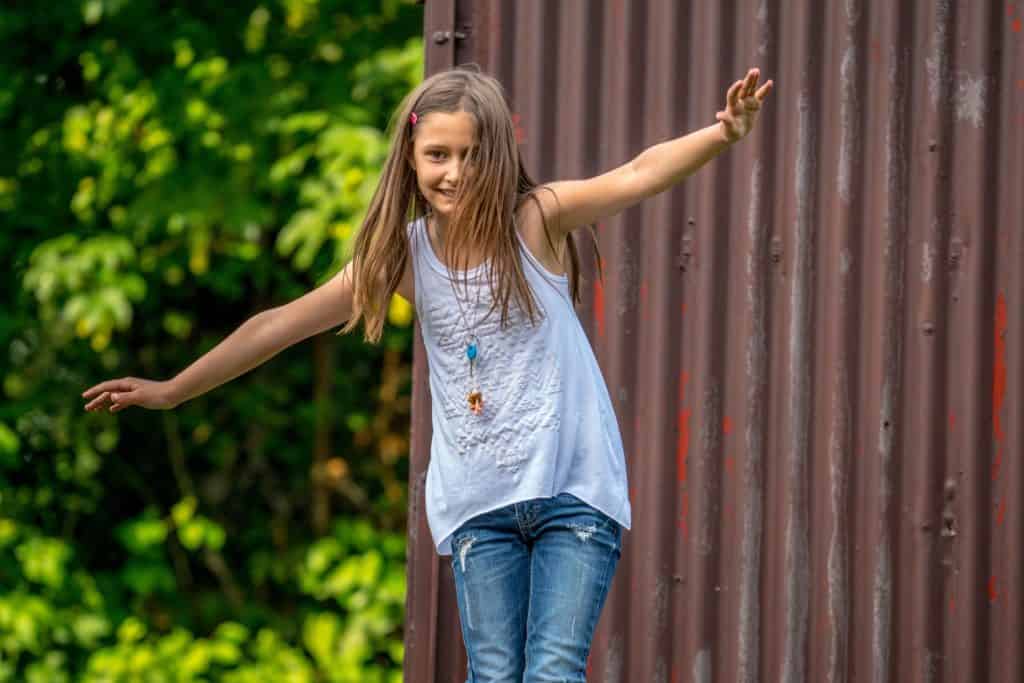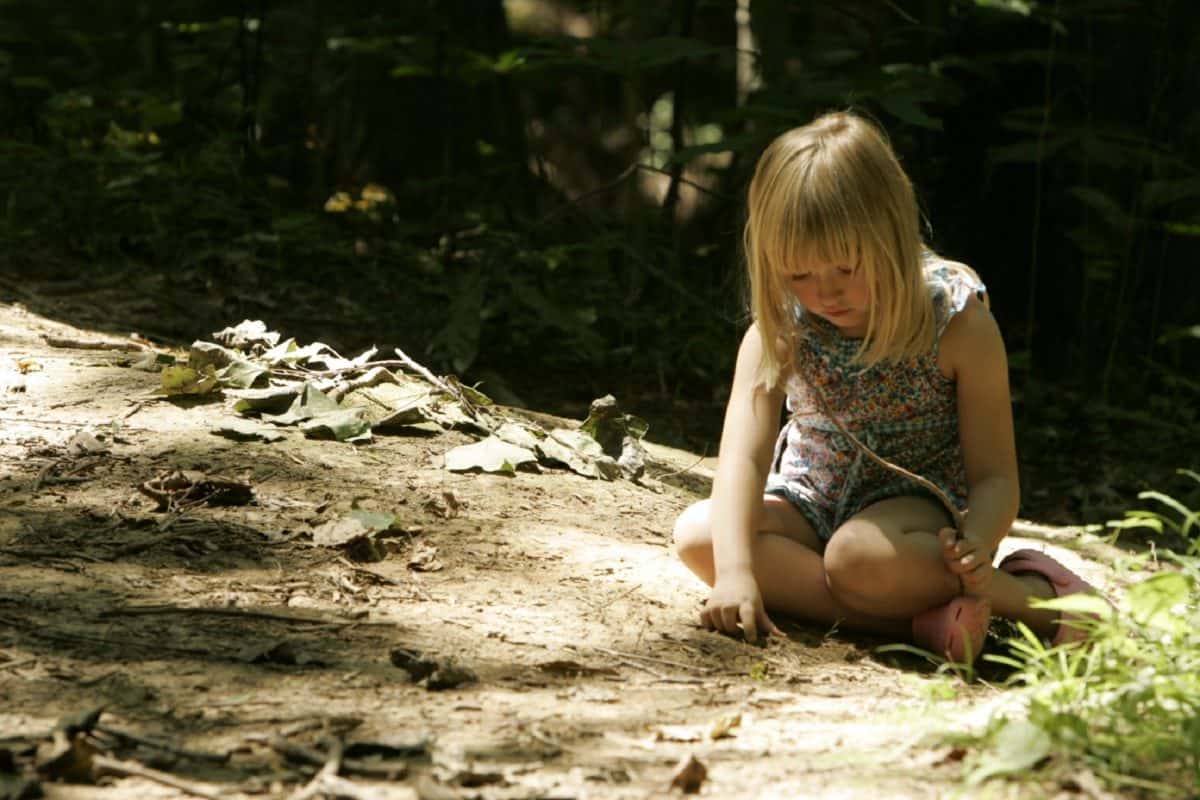Developing Childrens Imagination
From the Desk of Shani Snell, Early Childhood Education Department Head:
Have you ever heard this term before? What is a deconstructed playground? Well, this broad term can be used to describe a number of playground layouts. It may be a playground that is overly simplified to the point that the imagination of the children is the overall focus.
Picture large metal boxes with entrance/exit areas or primary shapes that can be crawled on and explored. It might also be a more natural playscape consisting of wood, rock, and dirt play areas. Or, it could be a playground where supplies such as wooden boards and tires are available so that the children create their own play space. Such areas can be built, taken apart, and built again. These are also sometimes called “Loose Parts” playgrounds.

The point is that playgrounds that are stagnate and bolted down can sometimes be boring and not provide the stimulation and creativity that a child craves. By providing them with too much structured space, we take away opportunities. Deconstructed playgrounds provide an opportunity to experiment, imagine, and create. You might consider providing a “deconstructed” area in your own backyard to provide your child with the raw supplies to create. The following items are great additions to a deconstructed area:
- Scrap lumber
- Old tree trunks cut into smaller sections
- Wooden pallets
- Collections of large and small rocks
- Metal tins
- Milk crates
- Old tires
- PVC pipe and connectors
- Pieces of rope
- Various shapes and sizes of bricks
*Older children might even use handsaws, hammers, and nails.
You might think this type of area would look messy. It will! Childhood is messy… embrace it! Children develop so naturally through play including socially, physically, and cognitively. Provide them with the space they need to create, grow, and learn.
Visit the following pages to see examples of deconstructed playgrounds/play areas.









